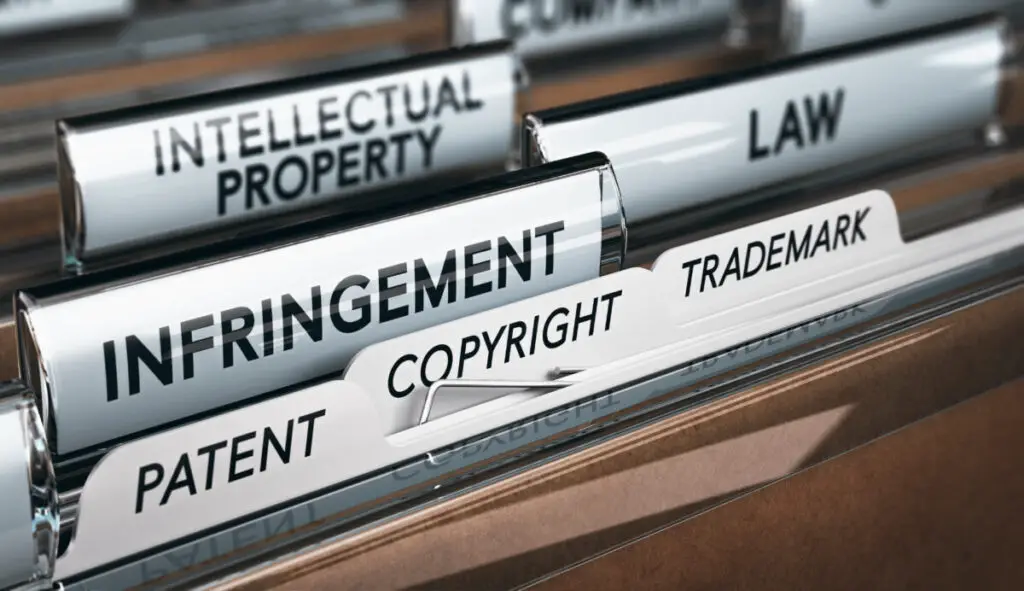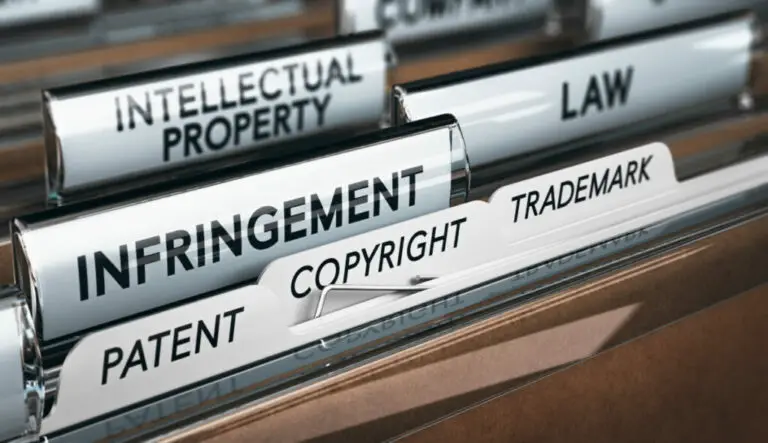Who Should Get a Trademark?

A registered trademark is an official way to give a name or logo legal protection. It can be crucial for achieving success in the commercial market and should be a high priority.
Any individual, business, or legal entity that is using a distinct combination of words or images to promote and identify themselves in commerce should get a trademark. Registering their unique mark gives the business or individual legal protection against potential imitation and infringement.
If you have an unprotected mark that you are using to promote yourself in the market, it may be time to register for legal protection. Keep reading to find out if you should get a trademark and how it works.
Who Can Get a Trademark?
If a legal entity is using a distinct image or set of words to market what they are selling, they can and should get a trademark. Typically, these legal entities will either be individuals, businesses, or corporations. To get a trademark, you have to be able to prove that you are using the mark in commerce. That means that you are actively selling either a good or service with the logo, name, or slogan attached as an identifier. With the trademark application, you will have to provide a sample of how your trademark is used in commerce.
A business or individual that is not yet involved in commerce, but plans to be, can still get a trademark. This is called “intent to use.” The application process will take longer since you will eventually have to prove your use in commerce before the trademark will actually be registered. You can complete a majority of the process before you start to make sales, but you will have a deadline to show proof of use in commerce before legal protection can begin. Starting the application process early may be worth it to ensure that you are the first person to trademark a certain logo, name, slogan, or design. (Source)
A qualifying entity needs to be involved in the market, but specifically in the market outside of their state of residence. Working and selling locally will not allow you to register your trademark with the U.S. Patent and Trademark Office. However, if you are satisfied with a smaller business, you can register your trademark with the state individually. This will protect you within the state boundaries, but not anywhere else.
An individual or business will want to protect their income by trademarking whatever mark they use to make themselves distinctly identifiable from other similar businesses.
Why Are Trademarks Important?

Trademarks are important because registering the mark will give the trademark owner protection for their business and therefore their income. You will have legal rights to the way the word, phrase, or image is used in association with the goods and services your business deals with.
With an official trademark, no one else is legally allowed to copy or imitate the mark. This prevents direct copying and also prevents similarities that could be confusing to customers. A lot of business success relies on being identifiable and distinct from the competition. Registering your trademark ensures that your business’s branding remains unique. Imitations could deceive customers, meaning that you will lose business and may also lose trust with your audience.
A trademark will also give you the right to take legal action against anyone that is using your trademark without your consent. You can sue any individual or business that uses your branding for their own personal gain or in an attempt to damage your success.
These protections only apply to other businesses working within the same class of goods or services. When you register your trademark, you will list the goods and services that you are involved with and that need protection. These categories will receive protection, but an unrelated business could still use the same name in a different context. For example, two different restaurants cannot have the same name, but a restaurant and a clothing store could. (Source)
Who Should Be the Owner of the Trademark?
On the trademark registration, you will need to identify who the owner of the trademark is. Identifying the owner correctly is crucial for having your application approved. Reporting the correct owner is also important because the registered owner is the only entity allowed to take legal action to protect the trademark if needed. The owner does not necessarily have to be the same person who is filling out the application. In fact, the owner does not technically have to be a “person”.
The owner might be an individual, partnership, corporation, proprietor, LLC, or any other legal entity. You will list both the owner’s name and the entity type on the application. The correct owner is whatever party is in control of the goods and services that are being sold in association with the trademark. (Source)
In the case where multiple separate businesses are affiliated and want to use the same trademark, only one company needs to be listed as the owner of any common trademarks. The other affiliated companies will still be able to use the trademark, since their use will not be confusing to the public. (Source)
What Things Should Be Trademarked?

A business should definitely trademark its name and may also consider trademarking any other branding tools like logos or slogans. A trademark can be any combination of words, phrases, designs, images, or symbols. In most cases, these will be names, logos, and slogans.
This leaves a huge range of possibilities, but the requirements for something to be a trademark are a little more specific. Words and images can only be trademarked if they are distinct. A strong trademark will be something very unique that won’t be confused for anything used commonly in daily life. The unique trademark combined with your specific business will create something very distinct.
Part of the purpose of trademarks is to remove any confusion for consumers. This is accomplished by preventing duplicates, but also by requiring creativity. (Source)
How to Get a Trademark
To get a trademark with protection throughout the U.S., you will want to register with the USPTO. If you file under the Madrid Protocol with the USPTO, you can also get protection in other countries. You can either file the application yourself, or you can hire an attorney to help. Many people find the application process to be confusing, especially if you do not have any legal background.
Getting your trademark registered is a four-step process that will likely take 12 to 18 months. After it is registered, you will need to maintain the trademark by submitting certain forms every ten years. This will prevent your trademark from expiring and ensure continued protection. (Source)



